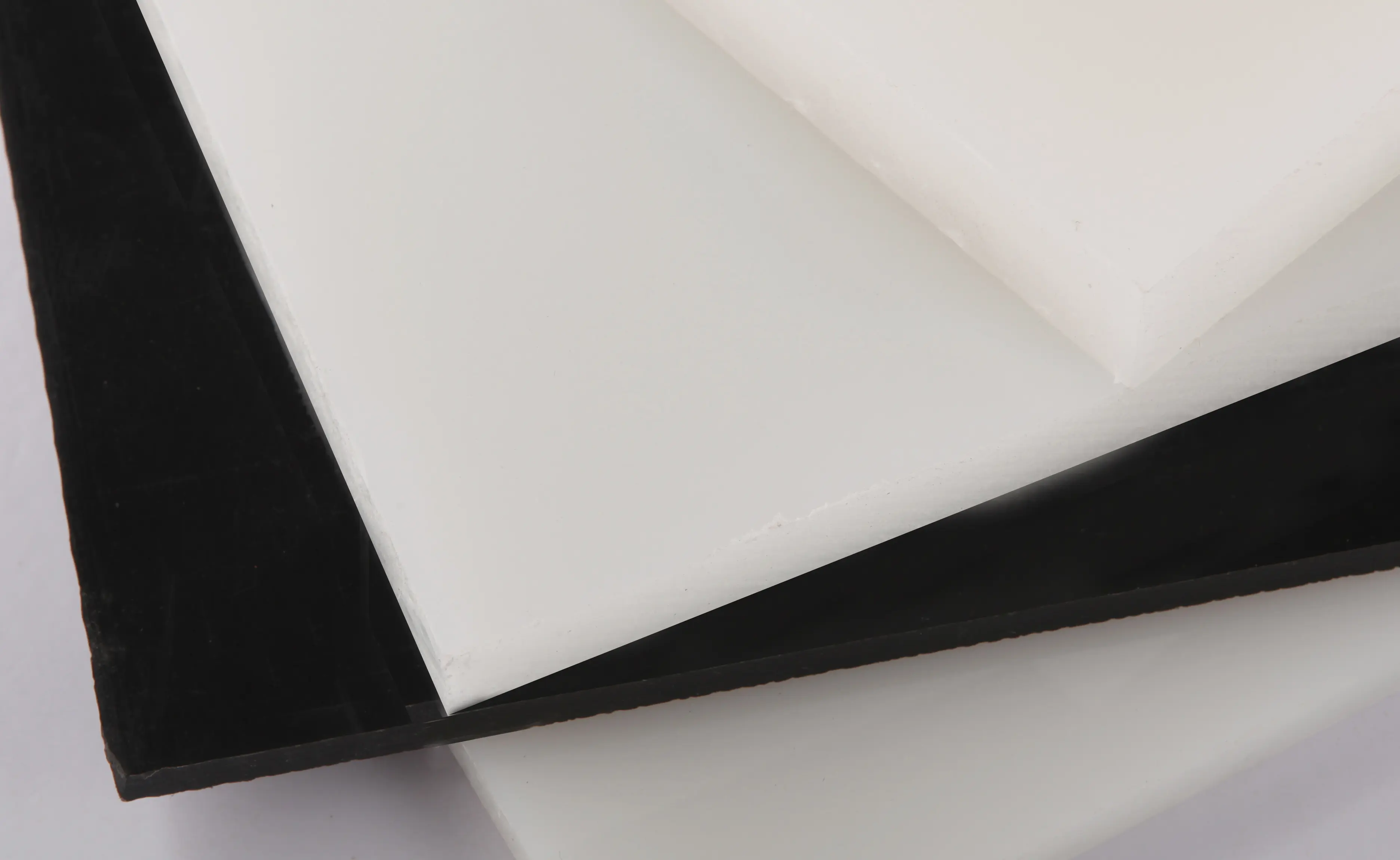Nov . 15, 2024 22:32 Back to list
pipe fitting
Understanding Pipe Fittings A Comprehensive Guide
Pipe fittings are essential components in piping systems, offering versatility, functionality, and integrity to any industrial, residential, or commercial setup. They play a crucial role in connecting pipes, controlling fluid flow, and ensuring system efficiency. This article delves into the various types of pipe fittings, their applications, and the materials commonly used to manufacture them.
Types of Pipe Fittings
1. Elbows Elbows are used to change the direction of the flow in a piping system. They come in two common angles 45 degrees and 90 degrees. By allowing for turns, elbows help navigate the layout of pipes in confined or angled spaces.
2. Tees A tee fitting connects three pipes, allowing for a branch connection. It can be used when an additional line needs to be brought into the main flow. A standard tee fitting serves 90-degree branching, while a reducing tee is designed to connect pipes of different diameters.
3. Couplings Couplings are used to connect two pipes of the same diameter. They can be either standard or reducing couplings, with the latter designed to connect pipes of different sizes. These fittings allow for seamless transitions between segments for repair or extension purposes.
4. Adapters Adapters are specialized fittings that enable the connection of dissimilar pipe materials or sizes. They ensure a stable connection when transitioning from one fitting type to another, which is especially common in plumbing systems.
5. Caps and Plugs Caps are used to seal the end of a pipe, whereas plugs are inserted into the end of a pipe to block passage. Both fittings are essential for isolating sections of the plumbing system, making repairs or modifications relatively straightforward.
pipe fitting

Materials Used in Pipe Fittings
Pipe fittings can be manufactured from various materials, each selected based on specific applications and environmental conditions
- PVC (Polyvinyl Chloride) Lightweight and easy to install, PVC fittings are commonly used in drainage, irrigation, and cold water systems. They are resistant to corrosion but may become brittle under extreme temperature changes.
- CPVC (Chlorinated Polyvinyl Chloride) Similar to PVC but with a higher temperature tolerance, CPVC is often utilized in hot water systems. It offers durability and resistance to chemical corrosion.
- Metal Fittings This category includes copper, bronze, stainless steel, and carbon steel fittings. Metal fittings are preferred for high-pressure and high-temperature applications due to their strength and longevity. Copper fittings, in particular, are popular in plumbing for their antimicrobial properties.
- Malleable Iron Often used in gas and water systems, malleable iron fittings provide excellent strength and durability. They are ideal for high-stress environments but are more susceptible to corrosion if not properly coated.
Conclusion
Understanding pipe fittings is crucial for anyone involved in the construction, maintenance, or repair of plumbing and piping systems. These fittings not only facilitate the efficient flow of liquids and gases but also help maintain the integrity and safety of the entire system. By selecting the appropriate types and materials of pipe fittings, professionals can ensure a resilient and reliable infrastructure that meets the demands of their specific applications. Whether dealing with simple home plumbing or complex industrial setups, knowledge of pipe fittings is a fundamental aspect that underpins successful system design and functionality.
-
Durable PP Rigid Sheet: Lightweight, Chemical Resistant Solutions
NewsAug.21,2025
-
PVC Grey Sheet for Extraction: Chemical Resistant & Durable
NewsAug.19,2025
-
Durable PVC Pipe Fittings for Plumbing & Irrigation Needs
NewsAug.18,2025
-
HDPE Steel Belt Reinforced Spiral Corrugated Pipe | High Strength
NewsAug.17,2025
-
HDPE Pipe Fittings: Durable, Leak-Proof Solutions
NewsAug.16,2025
-
Premium CPVC Sheet: High-Temp & Chemical Resistant Solutions
NewsAug.15,2025

